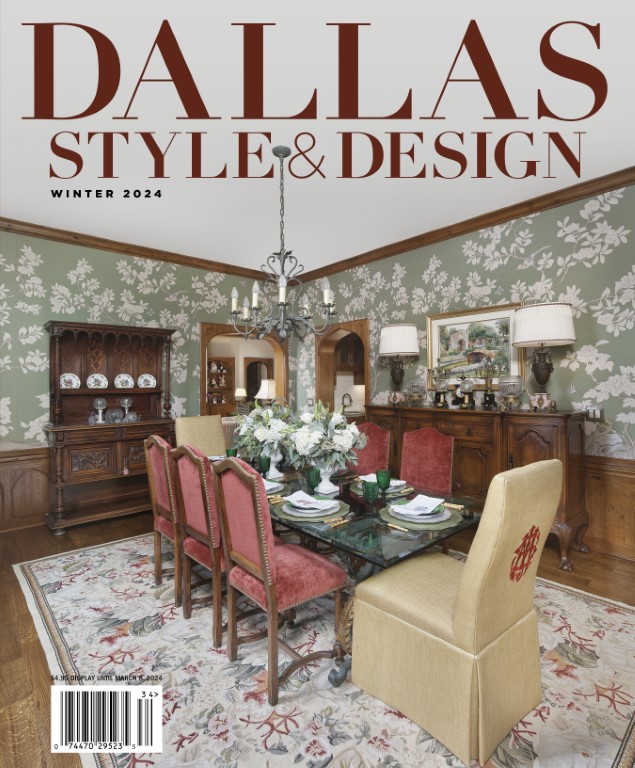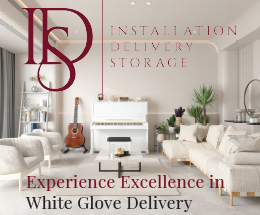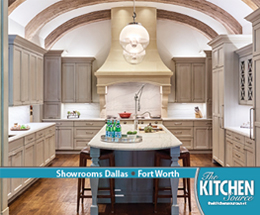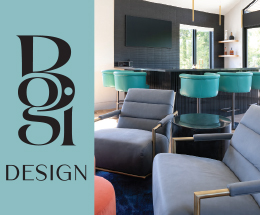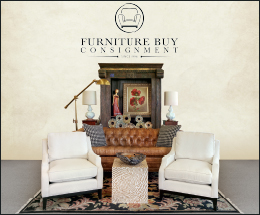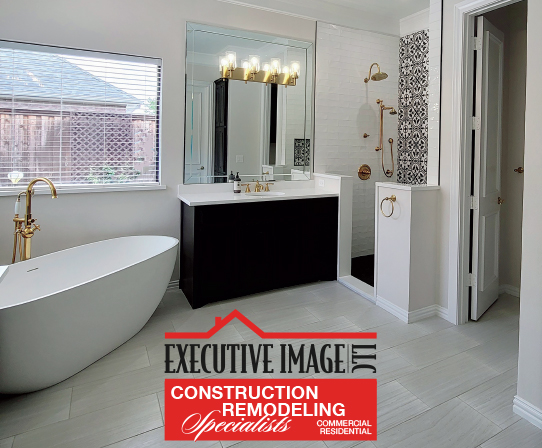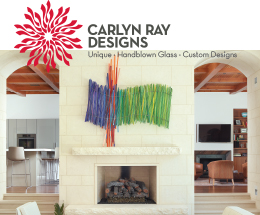
Lisa Robison, founder and president of Dwell with Dignity (DwD), launched the designcentric philanthropic venture when her youngest child was going into kindergarten and the professional interior designer was contemplating her next career option. After taking off nearly 10 years from professional practice to raise her children, Robison was influenced by a book she read by Oprah Winfrey. In the book, Winfrey writes that if you can find what you are passionate about, what makes your heart beat fast, what you are talented at, and figure out how to give that back to your community, then you have found the secret to happiness.
This made Robison think about the role of interior design as it affects the quality of people’s lives. Our environment has such a profound impact on who we are. She thought: “Wouldn’t it be a huge gift to help those who need it the most but can afford it the least? Wouldn’t it have a life-changing impact?”
The result was to ask her husband for the nest egg to launch Dwell with Dignity as a birthday gift. Robison decided then and there that her secret to happiness was to create home environments for families that would help them thrive and grow.
Dallas Style & Design wanted to learn more about this wonderful organization and asked Robison to explain all she has accomplished and still plans to do.
Explain the mission statement of Dwell with Dignity?
Dwell with Dignity’s mission is to help families escape poverty and homelessness through design—one household at a time. We believe that when we have the opportunity to change a family’s environment, we have the opportunity to change their lives.
How do you select the families you help?
The families we serve have been nominated to us through social service agencies that have programs in place to help them become self-sufficient. Families seek help from agencies that address issues like domestic violence, generational poverty, drug abuse, sex trafficking and homeless teenage mothers. Partner agencies are able to identify mothers with children who have succeeded in their programs and have shown the grit and determination to change their circumstances.
Our most typical family consists of a mother who has children and is moving into her very first home after receiving help from one of our partner agencies. She has saved for first and last month’s rent, has a job, and has the financial ability to support her family, but she doesn’t have the economic resources to provide a home interior for them. Oftentimes these moms are only able to buy a mattress or two, a TV and a few household items. This is not the kind of environment that reflects a thriving family life.
What is the process of a project?
The first step is meeting the family and determining their needs. We like to know how the family lives and what is important to them. For example, do the children have hobbies or like particular sports? Do they like to play games as a family? What are their favorite colors? We then take measurements of the space, put a furniture plan on CADD and get to work putting together our design. We plan a complete home interior designed to help this family thrive and grow. We install furniture, draperies, artwork, rugs and linens. We completely stock the kitchen with pots and pans, kitchen supplies, cleaning supplies and even fill the pantry and fridge with food. We always leave the first night’s dinner for the family.
How has the design community responded?
Our strongest support has always been in the design community. In 2009, when I shared my vision with Kim Turner, a friend and interior designer I had met in design school over a decade earlier, she couldn’t wait to share this opportunity with the design community. Kim was hooked as soon as she heard about my vision and has been helping to lead our efforts ever since.
Designers donate goods, volunteer their design talents to our projects and help us raise funds. I think they understand, at a very visceral level, just how much our environments affect our standard of life. In addition, showrooms, manufacturers and retailers have become huge supporters. I’m so proud of the way the design community has rallied to inspire the lives of so many with their support for Dwell with Dignity.
How can individuals get involved?
There are so many ways to get involved and we couldn’t accomplish our mission without our volunteers! We have ongoing scheduled work days and evenings in our studio where volunteers can help restore and paint furniture as well as make art for the families we serve. There are also opportunities to take part in move-in day for a family, which might entail hanging draperies, ironing bedding or organizing a kitchen. In addition, we rely heavily on volunteers to help us with our fund-raisers and even help with office administration at the Dwell with Dignity house.
What events do you hold?
Our signature event is Thrift Studio, our 30-day pop-up shop fund-raiser, which is held annually in the Dallas Design District. Designers love to participate as they are able to create gorgeous vignettes with donated furniture, accessories and art. All items are priced to sell at incredible values. You know that if designers are excited about the pricing, the general public is ecstatic. This always proves to be true, as the crowds get larger and larger to attend the opening night preview party each year. It is quite the shopping frenzy!
This year, we are also having our inaugural Jingle Dwell luncheon in December. We are thrilled to put together an event where we can share our mission and celebrate the families we have served throughout the year.
How has your own perception of design changed, or been influenced, after being involved with DwD?
I’ve realized over the last several years that the value of interior design as a practice and a profession is often underestimated. Our interiors reflect and inform who we are, what we value and what we are capable of as individuals and communities. Interior designers are uniquely equipped to make a difference in the lives of those in our communities in both residential and commercial applications. I feel honored and privileged to work in such a creative industry with design professionals who inspire me every day.
What future plans do you have for DwD?
In 2017 we will complete our 100th project. Although we have grown exponentially over the last seven years, we won’t stop anytime soon. We have a chapter in Atlanta and will continue to open chapters in design-hub cities that have the community support and resources.

